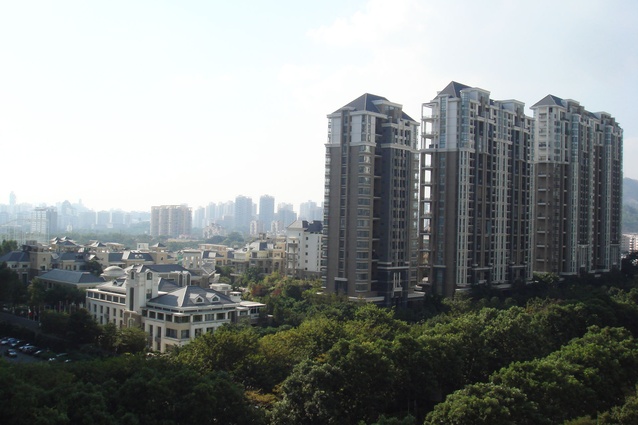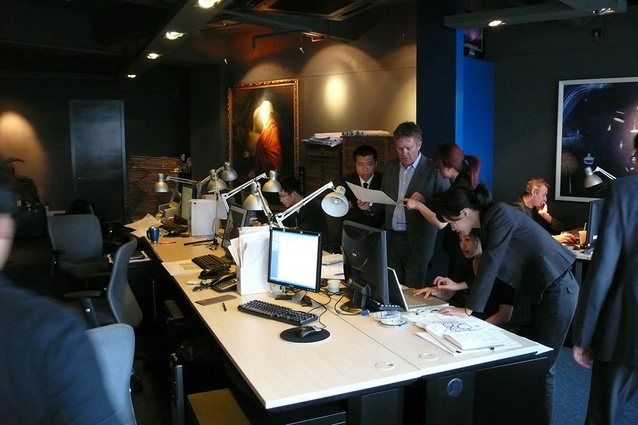Designing in China
Wellington-based interior designer Crissy Zhang has been in the design industry for five years, working in both New Zealand and China. Zhang completed a Masters in Interior Architecture at Victoria University in 2008 and she currently works for Jasmax in Wellington. Here, though, the designer talks about her experience living and working in the world’s fastest developing country.
ArchitectureNow: How did you get the opportunity to work as a designer in China?
Crissy Zhang: I started to look for a job while I was in my fourth year of study at Victoria University, but I found it hard to find opportunities in New Zealand, so I decided to focus on the Chinese market for designing opportunities.
I built up my online portfolio and I finally I got my first four-month internship opportunity with a design-oriented practice run by a foreign design entrepreneur in Shenzhen, China. I started my design career straight out of university in 2008.
ArchitectureNow: Tell us about your work in China.
CZ: As a graduate designer, I had a great opportunity to be involved in a variety of exciting projects. I worked on a diverse range of projects including a 5-star hotel, a luxury showhome apartment, a range of exterior light systems for one of China’s largest manufacturersand a pair of executive villas in a hotel.
After five years, I decided to take a break and go travelling. I was re-hired by the same employer to work on a large-scale museum project in Qingdao as a guest designer. Due to a heavy workload and limited time frame, I took more responsibilities within the firm. I coordinated two projects - a Tuscan showhome and a hotel refurbishment project. My main duties were corresponding with local stakeholders including the design team, clients, consultants and subcontractors in both languages, as well as coordinating the activities and materials required to make those ideas a reality. I also designed the hotel entrance and lobby. The design proposal was inspired by the movie The Great Gatsby. It has an Art Deco feel, incorporating black and gold elements to bring something new to the hotel brand and the client.
ArchitectureNow: How would you describe China as a work environment?
CZ: If I use two words to describe China, I would say it’s fast and complicated.
China has a 5000-year history of fluctuation. Its history influences its culture deeply, but now the country is under a major transformation and there has been more of an open relationship with the west. China is large and it’s hard to define Chinese culture as a whole as each province and city has its own culture. Local people are welcoming. Elder generations are a little more conservative and traditional, depending on where they are from.
Guanxi (relationships) are essential to the architectural industry and in any business in China. It’s about who you know, who they trust and who they want to collaborate with. In China there’s always a story behind a story and people behind people.
Speed is also a big issue in China. Time is money. Most projects in China are urgent and designers need to work long hours for tight deadlines, but young designers can benefit and learn faster by working long hours and project-by-project.
China is fast and what we do in the west might not work in the Chinese market. We might spend many years focusing on one project from inception to completion in New Zealand, but Chinese firms take on multiple large-scale projects at the same time. Time and money will drive the quality of construction and fit-out, so creating a unique business model is important. What most Chinese clients need is an adaptation of creativity and innovation from the West.












